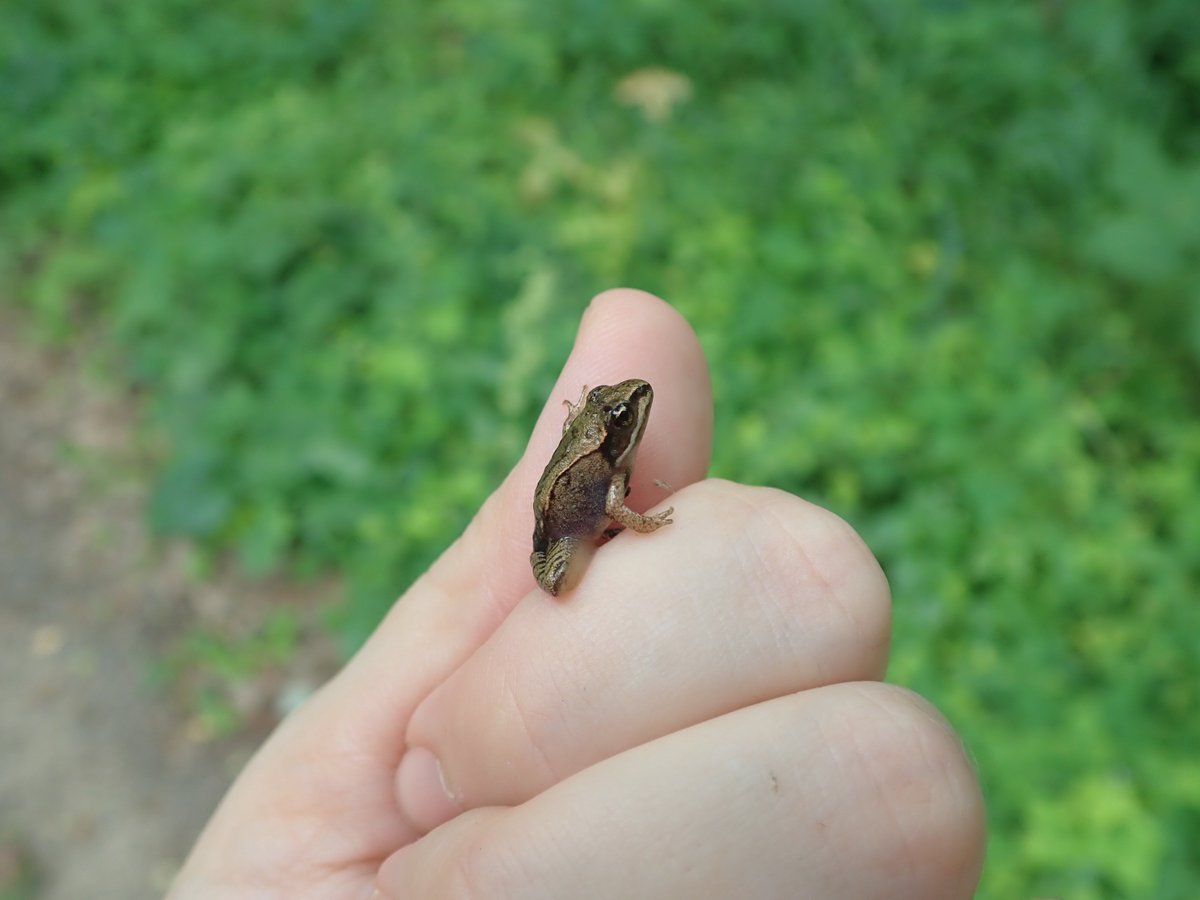Early in the semester I told myself this about teaching a #wildlife pops course: "I'll be damned if I come out of this without talking about tribbles."
The time has come.
Because it's fun, and because it can work, I'm making a population growth lab around #StarTrek #tribbles
The time has come.
Because it's fun, and because it can work, I'm making a population growth lab around #StarTrek #tribbles

Update: me as the math works out
Tried to work out how to add in a tribble predator, the glommer, but we don’t know much about the biology of glommers 😂
(Bc realism is what matters here)
(Bc realism is what matters here)

As I was writing up the lab background here’s my 🧠:
They my not know about TOS...I shall have them watch a clip!
🤔..what was the crew compliment on the NCC-1701 under Kirk? (~430) What is the tribble equivalent?
They won’t know the name of the starship 😢...I’ll include it!
They my not know about TOS...I shall have them watch a clip!
🤔..what was the crew compliment on the NCC-1701 under Kirk? (~430) What is the tribble equivalent?
They won’t know the name of the starship 😢...I’ll include it!
• • •
Missing some Tweet in this thread? You can try to
force a refresh














